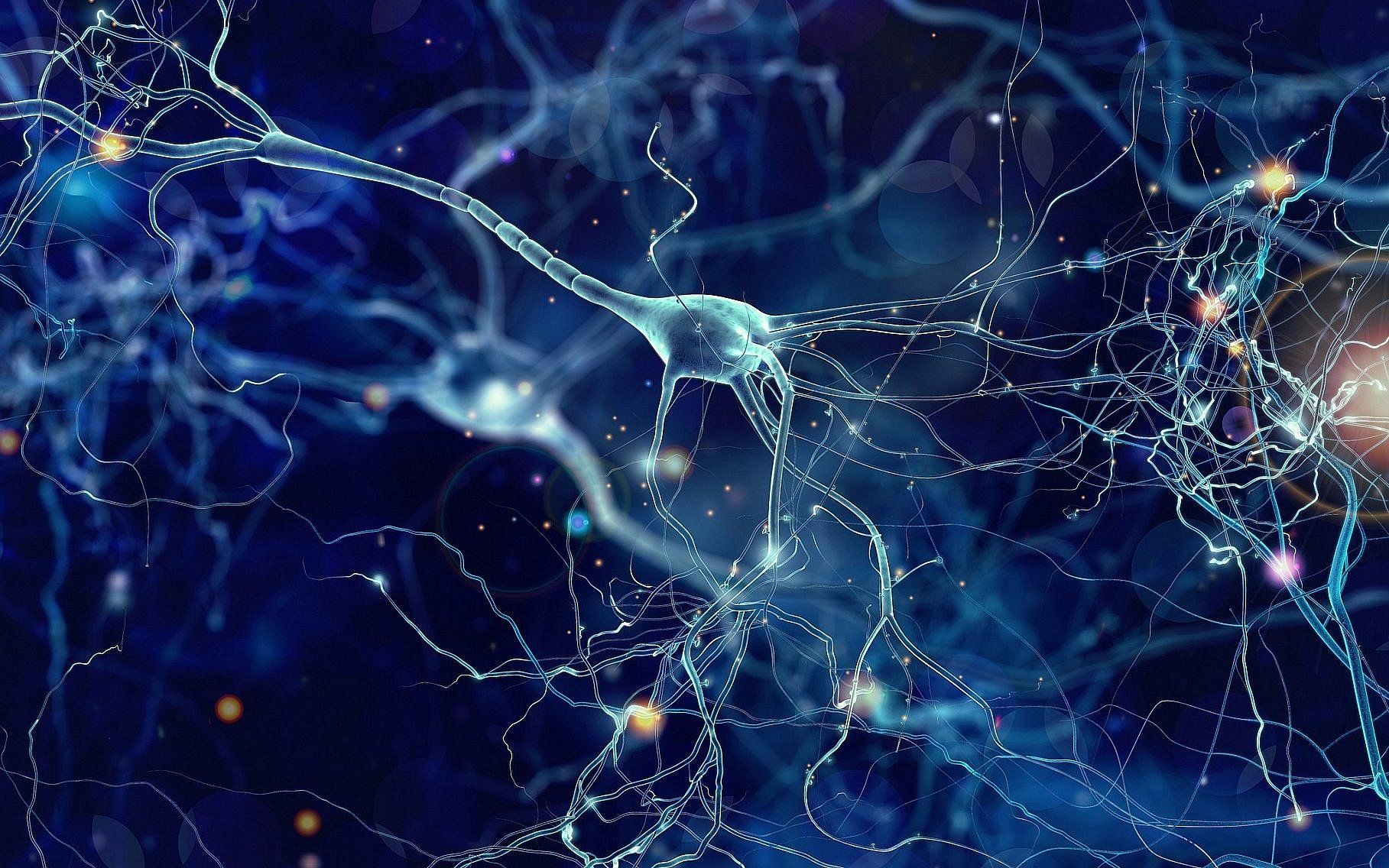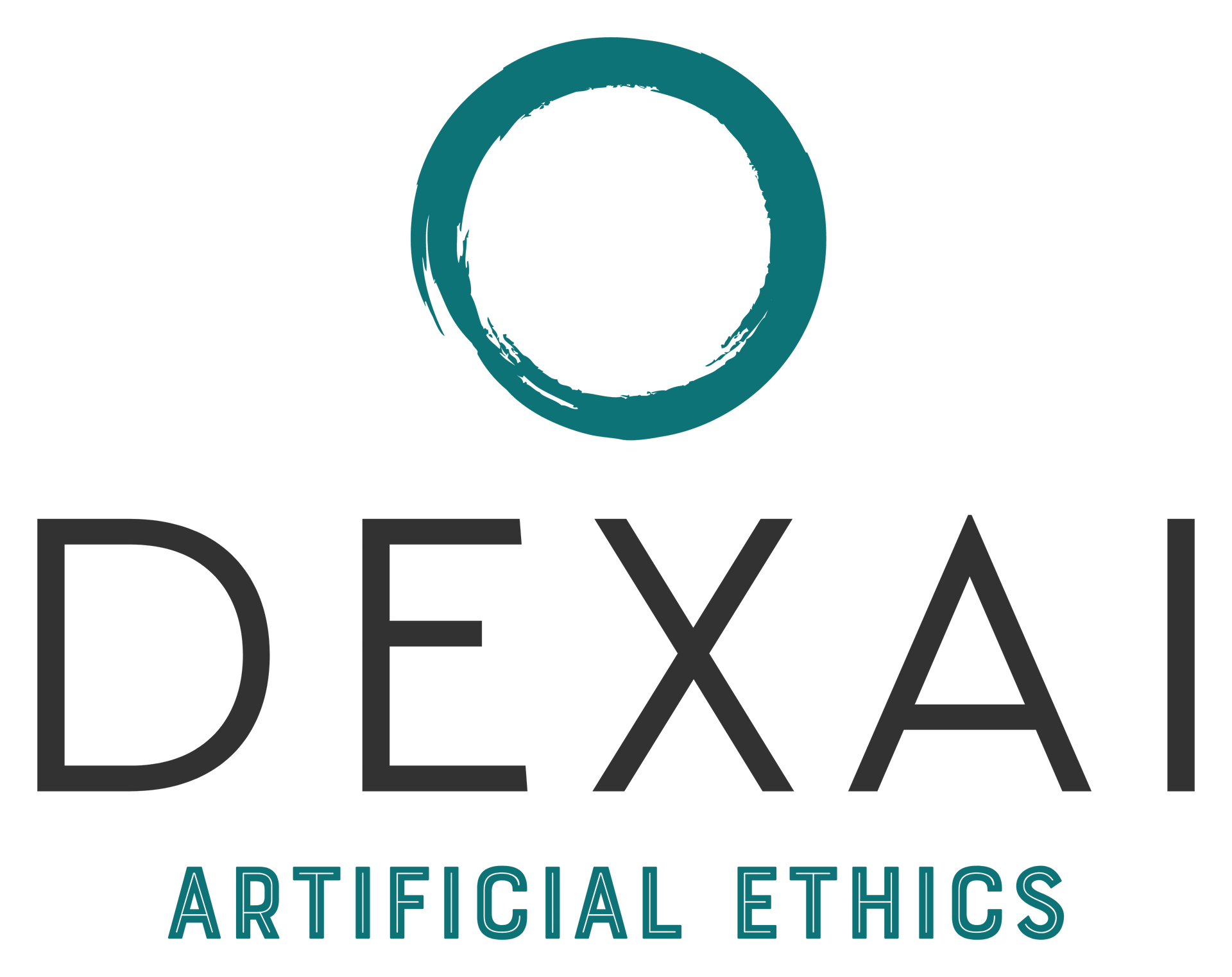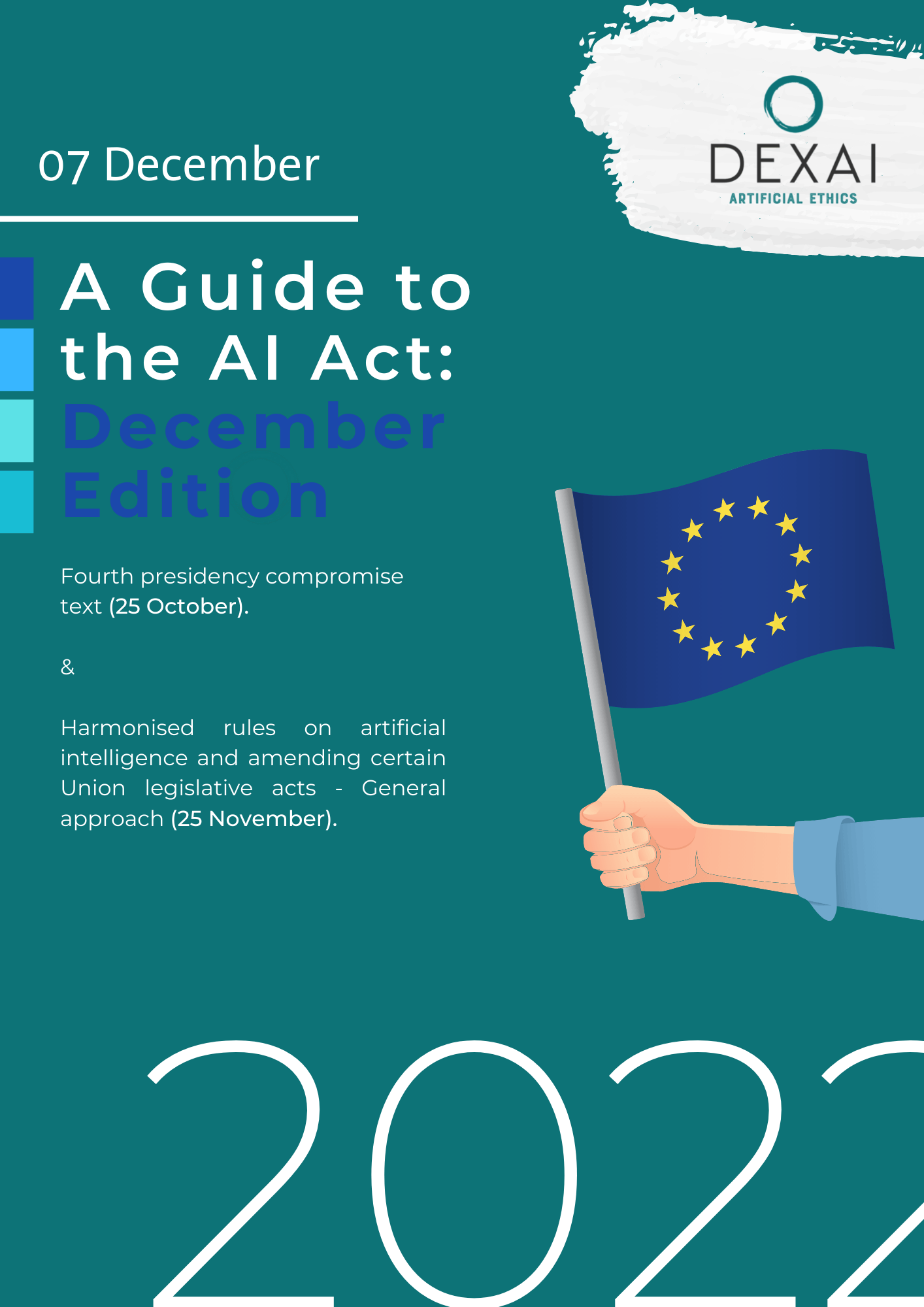A Guide to the AI Act: December Edition
A Guide to the AI Act: December Edition
Fourth presidency compromise text & Harmonised rules on artificial intelligence and amending certain Union legislative acts - General approach
The EU AI Act, also called the Harmonised Rules on Artificial Intelligence, was proposed by the European Commission on April 2021, and it aims to set a global standard for AI legislation. The guidelines aim to build an "environment of trust" that manages AI risk and gives human rights priority in developing and deploying AI systems. Such guidelines are likely to become the global gold standard for AI regulation, much like the general data protection regulation (GDPR) legislation did for privacy in 2016. Following a protracted consultation process, several rule changes in the form of compromise texts have been put forth since the regulations were first suggested.
According to the Act, all companies that provide artificial intelligence (AI) systems and solutions based in the EU and those from foreign countries that sell AI systems must abide by the rules. In addition, if the system's output is used inside the EU, it also applies to the suppliers and consumers headquartered there. However, public authorities in third-party nations and those that deploy AI systems for military operations are exempt from the rule. It is to note that, the AI act will not apply to the world of scientific research.
In this report, we aim at highlighting i) the core purpose and relevancy of the AI EU act by ii) giving the latest updates on the fourth presidency compromise text from 25 October and 25 November 2022.
Timeline:
- The Slovenian Presidency drafted the first, partial compromise proposal, which covered Articles 1-7 and Annexes I-III of the proposed AIA. The French Presidency continued the drafting process and by the end of its term it redrafted the remaining parts of the text (Articles 8-85 and Annexes IV-IX) and presented the entire first consolidated compromise proposal on the AIA on 17 June 2022.
- On 5 July 2022, the Czech Presidency held a policy debate in WP TELECOM on the basis of a policy options paper, the outcomes of which were used to prepare the second compromise text. Based on the reactions of the delegations to this compromise, the Czech Presidency prepared the third compromise text, which was presented and discussed in WP TELECOM on 22 and 29 September 2022.
- During the WP TELECOM meeting on 25 October 2022, the Czech Presidency intends to present the changes made in the fourth compromise proposal, and invites the delegations to indicate any outstanding issues with the text.
- On 18 November the Coreper examined this compromise proposal and unanimously agreed to submit it to the TTE (Telecommunications) Council, without any changes, in view of a general approach at its meeting on 6 December 2022. On 25 November 2022, the Council has adopted a (‘general approach’) on the Artificial Intelligence Act. Its aim is to ensure that artificial intelligence (AI) systems placed on the EU market and used in the Union are safe and respect existing law on fundamental rights and Union values.
We have prepared a #December report which summarises the following:
- Risk-based approach: The proposal for the EU AI Act sets forth a risk-based approach for regulating AI systems.
- What do they really mean by high-risk? The concept of high-risk AI system is not explicitly defined in the proposal. Instead, the proposal provides two lists along with certain conditions according to which high-risk AI systems shall be identified.
- Application of high-risk systems: According to the latest presidency compromise (19 October 2022), there are eight main use cases where an AI system may be classified as high-risk.
- Three use cases: Biometrics, Insurance and Financial Intelligence: We illustrate three use cases to present the nature of the discussions of what should and what should not be considered high-risk, the most discussed topics by the latest presidency compromise text being i) biometrics, ii) insurance and iii) financial intelligence, as well as what does it entail for the user and the provider.
🤝 The main topics that the report tackles are the following:
✅ The EU AI Act Nature (old vs. new version).
✅ Fundamental Rights
✅ A Risk-Based Approach
✅ An Overview of High-Risk AI Systems & Obligations
✅ Use Case 1: Biometrics
✅ Use Case 2: Insurance
✅ Use Case 3: Financial Intelligence
✅ Obligations on Providers and Users and Users of these Systems
You can download our report here:
References:
- https://eur-lex.europa.eu/legal-content/EN/TXT/?uri=CELEX:52021PC0206
- https://artificialintelligenceact.eu/wp-content/uploads/2022/07/AIA-CZ-1st-Proposal-15-July.pdf
- https://artificialintelligenceact.eu/wp-content/uploads/2022/09/AIA-CZ-2nd-Proposal-16-Sept.pdf
- https://artificialintelligenceact.eu/wp-content/uploads/2022/10/AIA-CZ-4th-Proposal-19-Oct-22.pdf
- https://media-exp1.licdn.com/dms/document/C4E1FAQE_BP_RNyevMw/feedshare-document-pdf-analyzed/0/1670330160433?e=1671062400&v=beta&t=omFUdLb0cTJGsQTmAEukfQ9neyjRtvgh5E1Q82IT0Lo
Leave us a message!
We will get back to you as soon as possible.
Please try again later.





